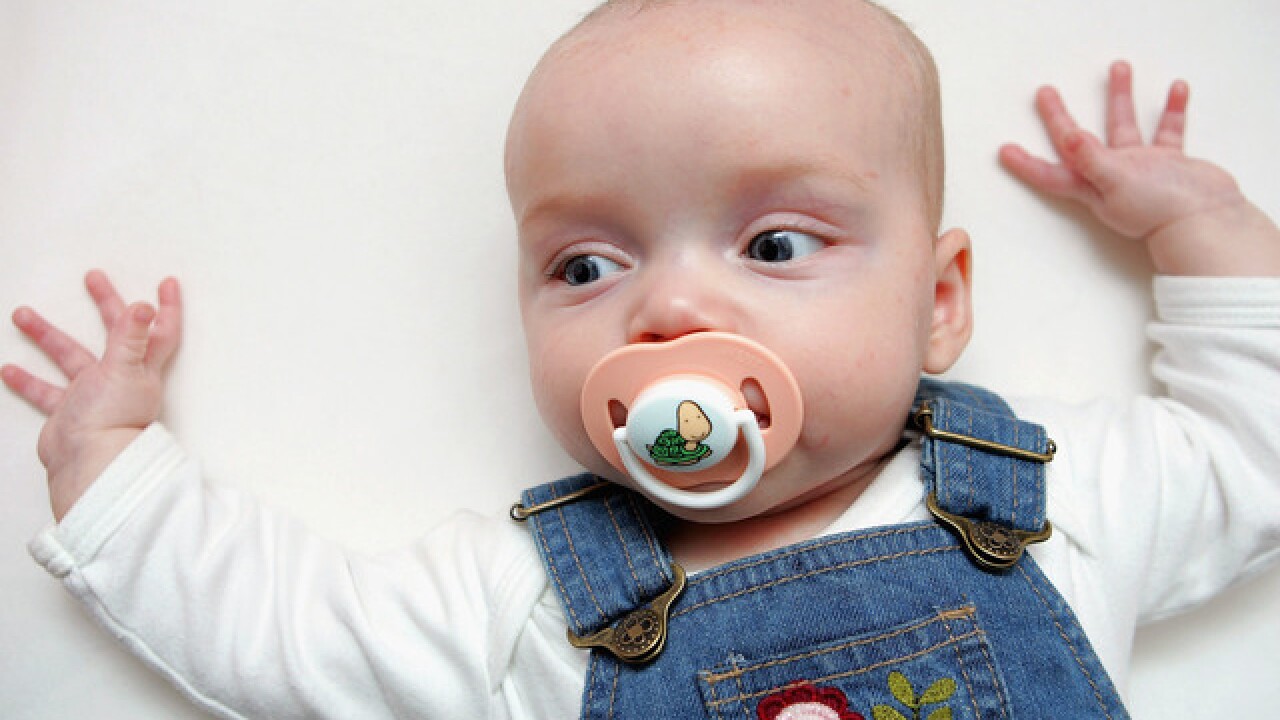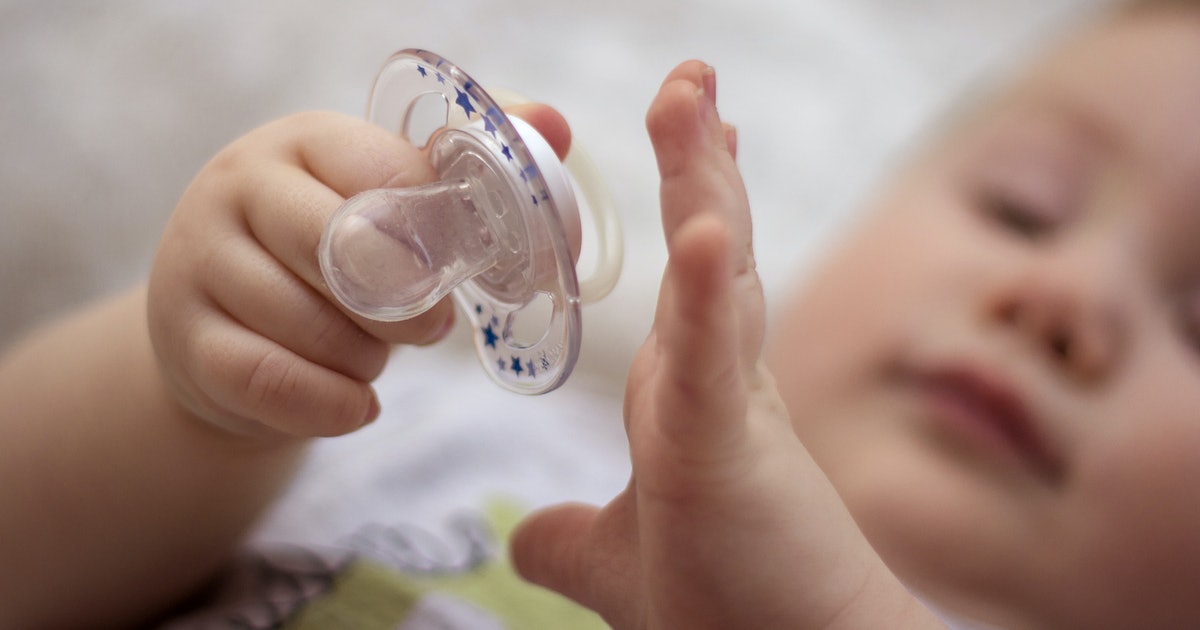Some babies want to suck on pacifiers, while others prefer their thumb or fingers. Pacifiers could give the baby security or comfort, and it’s a great help to mom and dad.
You might think that you can easily place a pacifier in a baby’s mouth, and they will happily suckle away. In reality, that is not an easy process for some parents, so you should know some tips on how to get baby to take a pacifier.
Benefits of Using Pacifiers
If you’re a new parent, you’ve already bought a pack of pacifiers and numerous supplies that the baby needs. You probably know that pacifiers can keep your baby happy and quiet. But do you know that using a pacifier has several scientific benefits? These are some of the advantages:
It may give the baby comfort and distraction
Pediatricians suggest using pacifiers to prevent pain and anxiety. They provide a calming effect and are one of the crucial methods for pain relief in newborns and babies younger than 6 months. Pacifiers also reduce crying time in infants.
A pacifier can comfort and distract your baby long enough to buy you some extra time if you want to extend the time between feedings by a few minutes. It can also help your child relax before night and divert them from physical discomfort.
It may help the baby sleep better and longer
Some babies have a strong need to suck on their thumbs which is not related to their hunger and it can keep them up at night. Furthermore, some older babies desire nighttime feedings out of habit (if they have a habit of being fed when they wake up in the middle of the night).
When your baby is old enough, a pacifier may satisfy their need and calm them down when it isn’t related to hunger, allowing them to sleep for more prolonged periods at night. It’s also a good gadget for nighttime weaning.
It may reduce the risk of SIDS (sudden infant death syndrome)
American Academy of Pediatrics (AAP) suggests using pacifiers when the baby is sleeping to reduce the risk of SIDS. It’s crucial to remember that there are other factors at play, so it’s possible that the pacifier reduces the chance of SIDS.
The exact mechanism of benefit for lowering SIDS rates is unknown. However, pacifier use may reduce the risk of rolling into the prone position, promote wakefulness, preserve airway patency, reduce gastric reflux and sleep apnea, or boost respiratory drive with carbon dioxide retention.
It may help with air travel
Because babies can’t pop their ears by extending their jaw to remove the pressure, pacifiers can be helpful when flying with a small baby. As a result, sucking on a pacifier can help alleviate discomfort.
Tips on How to Get Baby to Take a Pacifier
Be patient
It would take some time for the baby to accept this object in their mouth as a self-soothing technique. Since the pacifier is new to the baby, they may not accept it on the first or second try, but they may surprise you by taking it and refusing to let go one day. You’ll never know unless you keep trying!
Introduce it when your baby is in the mood
When a baby is wailing hysterically, and you offer them a pacifier, the chances of spitting it out right away are high. Therefore, don’t try to introduce it for the first time when your baby is sad. Instead, give it to your kid when they are happy and peaceful; they’ll be more interested and willing to try something new this way.
Offer after feedings
You’ll frustrate your infant if you try to introduce a pacifier when they are hungry; they want food, and that’s what they expect to receive. If you do this often enough, your baby will learn that that unappealing nipple substitute isn’t beneficial for them and will never want it.
However, if you give your baby the pacifier shortly after being fed, they won’t expect it to feed them, and they’ll be comfortable and peaceful enough to consider swallowing it.
Cover it in breast milk or formula
Soak a pacifier in a small amount of breast milk or formula if your baby doesn’t appear to know what to do with it. This will urge them to take it into their mouth, and it’s an excellent trick that might work for some babies.
Pretend you’re breastfeeding
If you are breastfeeding your baby, you can try introducing the pacifier using your nipples. Swap in the pacifier as soon as they’ve finished eating. Because your baby won’t have time to grasp what’s going on, the faster you do it, the less likely your baby will refuse the pacifier. It’s possible that once the pacifier is in, it won’t come out.
Try different varieties
Just because your baby dislikes one pacifier doesn’t indicate they dislike all pacifiers. Additionally, you should try different forms, such as round versus flat, sit higher or lower in their mouth, or is composed entirely of soft silicone rather than hard plastic. As long as the pacifiers you buy are appropriate for your baby’s age, you can experiment with several alternatives to see which one your child prefers.

Use reverse psychology
Finally, you can use reverse psychology to convince your child to do what you want while believing it is their idea. If your infant is spitting out the pacifier at random, gently tug on it once they’ve put it in their mouth, as if you’re trying to rip it out. Many babies will instinctively reject this sensation, prompting them to suck on it in order to retain it in their mouth.
Conclusion
We’re not claiming it’ll be easy to persuade a baby who doesn’t like pacifiers to change their thoughts, but you can at least try these tricks. But keep in mind that not all babies are the same, so maybe you’ll find your own methods on how to get baby to take a pacifier.








